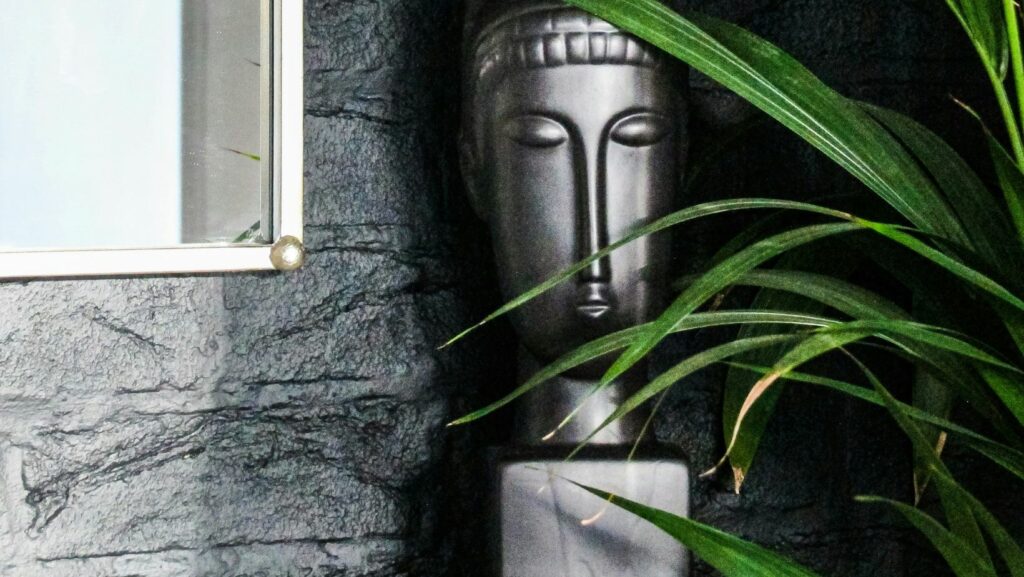Metal sculptures are not merely decorative pieces; they are transformative elements that elevate the architectural allure of interior spaces. By integrating metal sculptures, designers and homeowners can introduce a dynamic layer of texture, reflectivity, and form that interacts uniquely with both natural and artificial light. This article explores how metal sculptures can significantly enhance the architectural appeal of any interior setting.
The Interplay of Light and Shadow
Metal sculptures are particularly effective in manipulating light within a space. Depending on the finish—be it polished, matte, or patinated—metal can either reflect, diffuse, or absorb light. A polished stainless steel sculpture becomes a mirror to its surroundings, reflecting the changing light conditions and views. It not only makes the space feel larger but also continuously alters its ambiance throughout the day.
Conversely, sculptures with a matte finish scatter light, softening the room’s overall aesthetic. Patinated metals absorb light, creating a focal point that draws the eye. The interplay between these elements can define zones within a room, highlight architectural features, or simply create a visually engaging experience.
Textural Contrast and Visual Interest
Incorporating metal sculptures in an interior brings a tactile diversity that complements other materials like wood, glass, or textiles. The inherent hardness and coolness of metal provide a striking contrast to softer, warmer materials. For example, a wrought iron sculpture set against a velvet curtain not only stands out due to its materiality but also adds a layer of textural intrigue that enhances the space’s depth and complexity.
Form and Flow
The versatility of metal allows artists to craft sculptures in an endless variety of shapes and sizes, from intricate small-scale pieces to expansive installations.

These forms can guide the flow of movement within a space, subtly directing traffic or drawing attention to specific areas. Curvilinear sculptures can soften the often rigid lines of modern architecture, while angular, geometric pieces can complement a more structured layout, reinforcing the architectural intent without overwhelming it.
Emotional Impact and Ambiance
Art evokes emotion, and metal sculptures are no exception. The presence of a carefully chosen sculpture can dramatically alter the mood of a space. For instance, a large, bold piece can convey strength and stability, making it ideal for a corporate setting, while a series of smaller, whimsical pieces might lend a light-hearted touch to residential living areas. The reflective properties of metal can also amplify light, brightening a room and enhancing its overall ambiance.
Sustainability and Longevity
Metal is not only aesthetically versatile but also durable and sustainable. Many metal sculptures are made from recycled materials, appealing to eco-conscious homeowners and designers. Additionally, the longevity of metal ensures that sculptures can be enjoyed for generations, often becoming centerpiece heirlooms that add value not just to the space they inhabit but also as cultural artifacts.
Integration with Architectural Elements
Effective placement of metal sculptures considers the architectural elements of a space. Sculptures can accentuate or echo the lines and forms of the surrounding architecture.

For instance, a vertical sculpture might echo the lines of tall windows, while a rounded piece could soften the hard angles of a contemporary space. By doing so, these artworks become an integral part of the architectural design rather than mere additions.
Conclusion
Metal sculptures offer a unique blend of aesthetic flexibility, durability, and emotional resonance, making them a powerful tool in the arsenal of interior design. They enhance the architectural appeal by introducing new forms, textures, and plays of light, contributing to a richer and more engaging environment. Whether in a domestic setting or a corporate space, metal sculptures not only beautify the area but also imbue it with a distinct character and style that is both timeless and modern. By carefully selecting and positioning these pieces, one can dramatically transform any interior into a visually stunning and emotionally resonant space.


More Stories
Transform Your Yard with Artificial Grass Landscaping
6 Practical Ways Healthy Habits Can Transform Your Home and Life
How to Pick the Ideal Outdoor Sauna Kit for Your Yard